In the future, citizens will pay higher electric bills, and the standard of living may decrease, too. That is the forecast of the experts the Center for Investigative Journalism of Serbia (CINS) spoke to about the new Carbon Border Adjustment Mechanism.
If companies in so-called third countries through the manufacture of certain goods create more carbon dioxide pollution than allowed in the European Union, the EU will place an additional tariff on the import of those goods. The European Commission will present the plan for this tax around mid-2021.
The EU is doing this to prevent “carbon leakage” which causes climate change, i.e. to discourage owners of companies from evading pollution taxes by relocating their factories to countries that do not have that tax – like Serbia.
According to announcements, the measures are expected to be introduced by 2023, for high-risk sectors.
For decades the production of electricity and heat has been contributing the most to CO2 emissions in Serbia, followed by industry, according to International Energy Agency data.
Representatives of the Energy Community Secretariat, the organization in charge of Europe’s energy market, expect that the taxes will pertain to, among other things, electricity generated by coal-fired thermal power plants.
Research conducted by CINS shows that this will be a problem for Serbia, too, which according to a general estimate of the Serbian Chamber of Commerce will in 2021 export about 8% of its electricity output to the EU. It is unknown how much of that electricity will come from thermal power plants, but Serbia produces close to 70% of its energy by burning coal.
Viktor Berishaj of Climate Action Network Europe, who monitors climate change and energy policies in South East Europe, explains how future levies could be calculated:
“If the EU would apply the carbon tax to the fossil fuel produced electricity imported from Serbia, then it may be taxed per unit, MWh or per CO2 emissions for the produced electricity, both of which would have to mirror the carbon price in the EU.”
In 2019 Serbian thermal power plants emitted over 27.3 million tons of CO2 – of which TPP Nikola Tesla in Obrenovac alone emitted more than 20.3 million tons.
New measures for third countries could be similar to this system, but other options are being considered as well, Commissioner Paolo Gentiloni told the European Parliament in March.
Bojan Stanić of the Serbian Chamber of Commerce’s Sector for Strategic Analyses, Services and Internationalization says that the big energy consumers are companies registered in the chemical and rubber industries, along with those in the metal and automotive industries, which account for around 52% of Serbia’s total exports to the EU.
The ten biggest exporters from these sectors, many of them from non-European states, account for about 21% of total exports to the EU, he adds. The first seven companies on this list, in his words, are: Tigar Tyres, HBIS Group, Serbia Zijin Bor Copper, Yura Corporation, Philip Morris International, Fiat, and the Petroleum Industry of Serbia.
Consequences affecting the citizens
Zvezdan Kalmar of the Center for Ecology and Sustainable Development (CEKOR) NGO concludes that the citizens will suffer the most because of all this, as they will have to pay higher electric bills:
“The Electric Power Industry of Serbia (EPS), most certainly, lacks the funds to cover environmental measures from its own turnover, and so the citizens will cover that.”
Fiscal Council member Slobodan Minić agrees with that statement. He adds that Serbia is not a big electricity exporter, but does export any excess electricity. Nevertheless, he believes this will not be as much of a problem for the EPS as it will be for the rest of the economy which uses energy that is not clean.
“If we have foreign investors who know that Serbia has 70% of non-clean electricity, would [they] even open their facilities here if they knew they would be paying high taxes because of that, when attempting to export those products to the EU?” Minić wonders.
He adds that, as a result, citizens employed in those companies may lose their jobs.
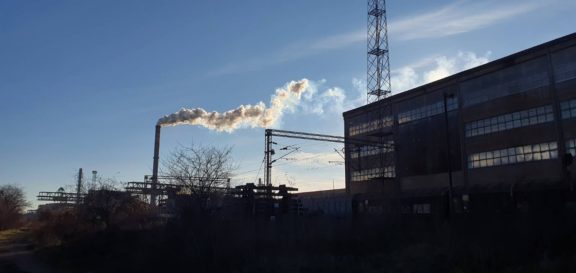
If Serbia becomes less attractive to investors, that would mean lower economic growth and potentially also a stagnant or declining living standard, Minić explains and adds that without quality foreign investment neither technology nor new knowledge is passed on, which leads to a vicious cycle of economic stagnation.
He further says that the new tax practically means that our products will be more expensive on the market, i.e. that the national economy’s competitiveness will decrease.
The introduction of the tax in other industries would rase the price of products in Serbia, which would directly affect the economy due to intensive trade between Serbia and the EU, Berishaj explains.
He adds that at first there may be restrictions on imposing the taxes on the branches of industry that boost economic development, but even that “credit” would disappear over time for the sake of modernization and reduction of emissions. However, Berishaj says that he does not see these exceptions applying to fossil fuel energy.
Serbia has complained to the EU
Serbia has sent objections to the European Union against the introduction of the tax, officials of the Ministry of European Integration say in their reply to CINS. They explain that the new rules would be “a direct violation of the Stabilization and Association Agreement,” because instead of approximate harmonization with EU regulations, there would be complete implementation of regulations.
According to the officials, “the application and scope” of the new regulations may have a significant impact on Serbia because the EU is the country’s most important trade partner – roughly 65% of total exports are EU-bound.
The Energy Agency pointed us toward the EPS and the Ministry of Mining and Energy, while the Ministry of Trade, Tourism and Telecommunications told us to address the Ministry of Environmental Protection for questions about energy exports to the EU, what goods the new taxes will apply to, whether Serbia will get any benefits, as well as about what they see as the solution. No replies arrived by the time the article was published, while the EPS did not say either whether the bill will increase or how much electricity from thermal power plants it is exporting to the EU.
Bojan Stanić of the Serbian Chamber of Commerce fears that Serbia will end up being collateral damage on the market of great powers:
“There is a possibility that under the guise of environmental protection [this] will only turn into a protectionist conflict, i.e. a competitive game between highly developed economies, specifically the European Union, the U.S., China and other – conditionally speaking – industrialized states which have high growth rates.”
He believes that the government should do all it can to protect the environment, but also to strike a balance between protecting the environment and preserving industrial potential:
“Developing countries should be given room to catch up with the already developed markets.”
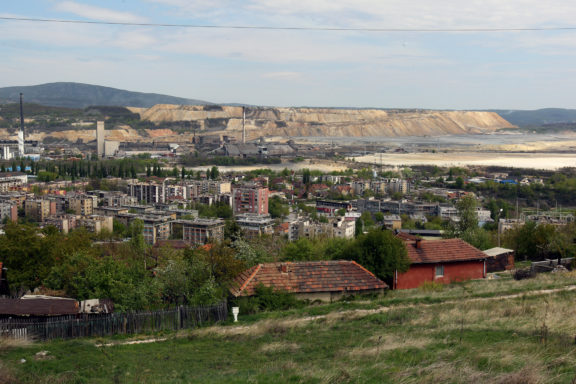
Minić thinks that this is the EU’s way of sending us a message that we cannot save money in the long term by neglecting the fight against climate change. We have no alternative to the European market, we are “strongly oriented” toward it. As he puts it, we have two options:
“Either we follow them (the EU), which means progress in green transition, investing in measures for reducing CO2, therefore harmonization with those directives of theirs (…) and then possibly [have] a reduction or completely avoid that tax. The second option is doing nothing, which in practice means that we will be paying that special customs tax forever (…) which is certainly the costlier alternative.”
CO2 on the rise
Although it has pledged to cut down on non-renewable energy, Serbia is second in the Western Balkan region, right behind Bosnia and Herzegovina, in the amount of money spent on coal, shows the latest Energy Community report on monitoring energy transition. According to their earlier analyses, in 2019 alone Serbia spent 41 million euros on coal incentives, while from 2015 to the end of 2019 it spent over 388 million euros.
CO2 is the predominant greenhouse gas in Serbia. It is the cause of climate change which leads to droughts, floods and extreme temperatures which jeopardize human health.
According to Serbian Environmental Protection Agency (SEPA) data, in 2018 CO2 accounted for 99.44% of total greenhouse gas emissions in the country. That is 8% more than in 2000.
Serbia is way behind in solving the problems of thermal power plants – primarily the reduction of sulfur dioxide (SO2), nitrogen oxide (NOx) and PM pollution, which affects human health and can cause, among other things, pulmonary and cardiovascular diseases, but also premature death. A desulfurization system (for reducing sulfur emissions) is currently operational only at TPP Kostolac B, while such facilities are being built at TENT A and B.
CO2 is not on the list of priorities.
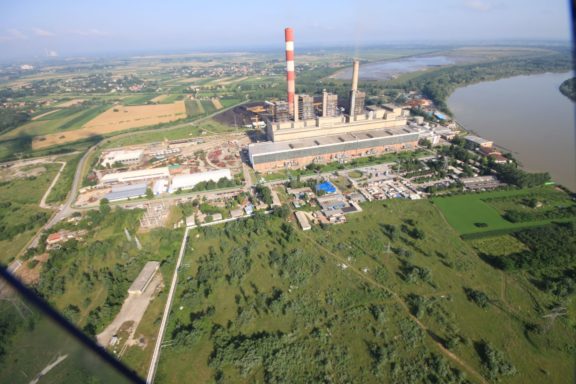
Zvezdan Kalmar, who publicly advocates SO2 pollution reduction, warns that investing in desulfurization and filters can lead to the “boomerang effect.” Not only do those facilities not reduce CO2 pollution but, as he puts it, they consume “enormous quantities of energy,” and also extend the life span of thermal power plants, which will result in greater production and consumption of coal and an increase in CO2 emissions.
In January the Energy Community addressed the Commission for State Aid Control of the Republic of Serbia. In the memo, to which they say they have not received a reply yet, the Community officials point to their analyses which conclude that subsidies, i.e. state aid to the coal sector artificially maintain a low price of electricity. They call on the Commission to assess whether that, under applicable regulations, can be classified as state aid.
Chinese investments and dirty energy
Over the past few years China has invested the most in coal and the mining and metallurgical industry in Serbia, and those investments are accompanied by pollution issues.
As CINS reported earlier, the Chinese company Zijin was handed down a first-instance fine of 400,000 dinars for air pollution caused by the operation of the Bor mine. Problems with bad air are also affecting the citizens of Smederevo who live next to the Železara steel mill, owned by Chinese HBIS Group. Serbia took a loan from a Chinese bank in 2014 to build a new block of TPP Kostolac B and expand the Drmno coal mine. CINS has already reported on pollution in Kostolac. A new block of TPP Kostolac, B3, has been announced as the biggest investment in the national energy sector and the first large facility in Serbia in almost three decades.
Energy Community Secretariat Director Janez Kopač late last year told Beta News Agency that Serbia’s major problem was “unreasonable support for coal.” He commented on the words of Serbian President Aleksandar Vučić, who had announced the construction of Kostolac B3, saying that it was “completely unreasonable, if the promise of decarbonization (reduction of CO2 emissions, journalist’s note) is serious.”
Activists are reacting negatively to announcements of similar future projects, such as a tire factory in Zrenjanin to be opened by China’s Ling Long, using disregard for air pollution legislation as the primary argument, while environmental problems and damage are also causing concern among the locals near a new mine in Bor, managed by Zijin.
Dušan Stokić, manager of the Serbian Chamber of Commerce’s Center for the Environment, Technical Regulations, Quality and Social Responsibility, says that China is the leading country in CO2 emissions at the moment, but that it also invests in pollution reduction.
Used cars – an additional problem
The controversial exhaust gases in the country are also emitted in transportation, according to the International Energy Agency data. Dušan Stokić of the Serbian Chamber of Commerce believes that used vehicle imports are “a huge problem and strain:”
“Because of our economic situation we have the import of used vehicles, vehicles which have much higher greenhouse gas emissions, vehicles which will have a shorter life span, which have to be taken care of and which are an additional strain and cost precisely for the country they end up in,” Stokić explains and adds that besides pollution in big cities, these cars end up as hazardous waste.
The effects of pollution on human health will depend on the government, Stokić says, but also on the civil sector and the media:
“Current, as well as future investors will have to also adhere to the rules that apply in the European Union because we are step by step, in whatever way, closer to those regulations. (…) If our state is strong in persevering in those regulations, in applying regulations, if the civil sector and even the media are persistent enough in pointing out those problems, the more successful we will be and will defend the health of our citizens.”

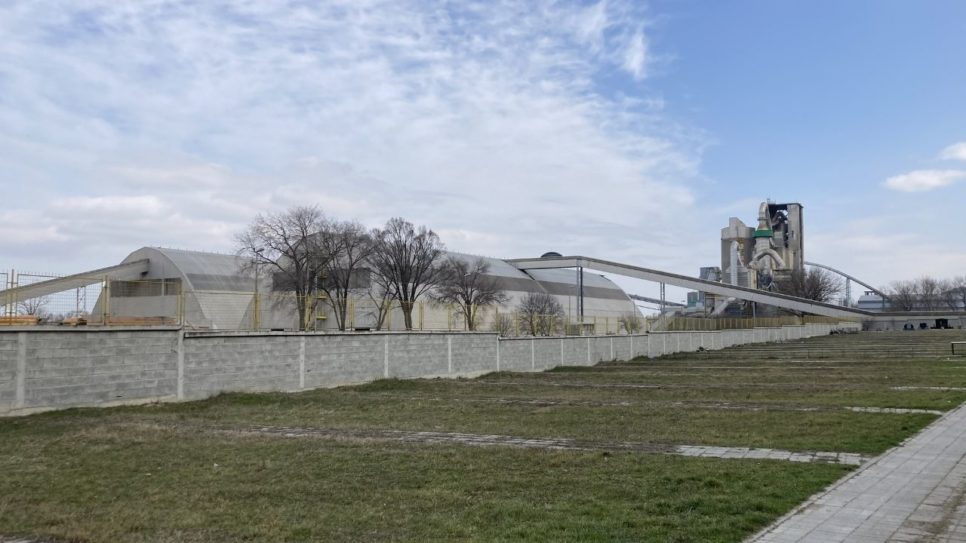
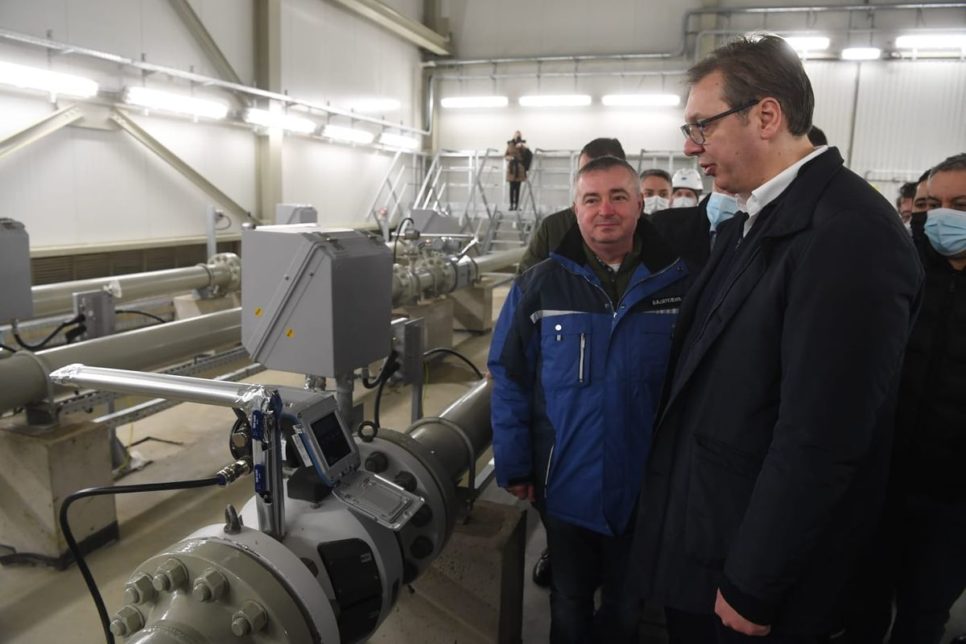
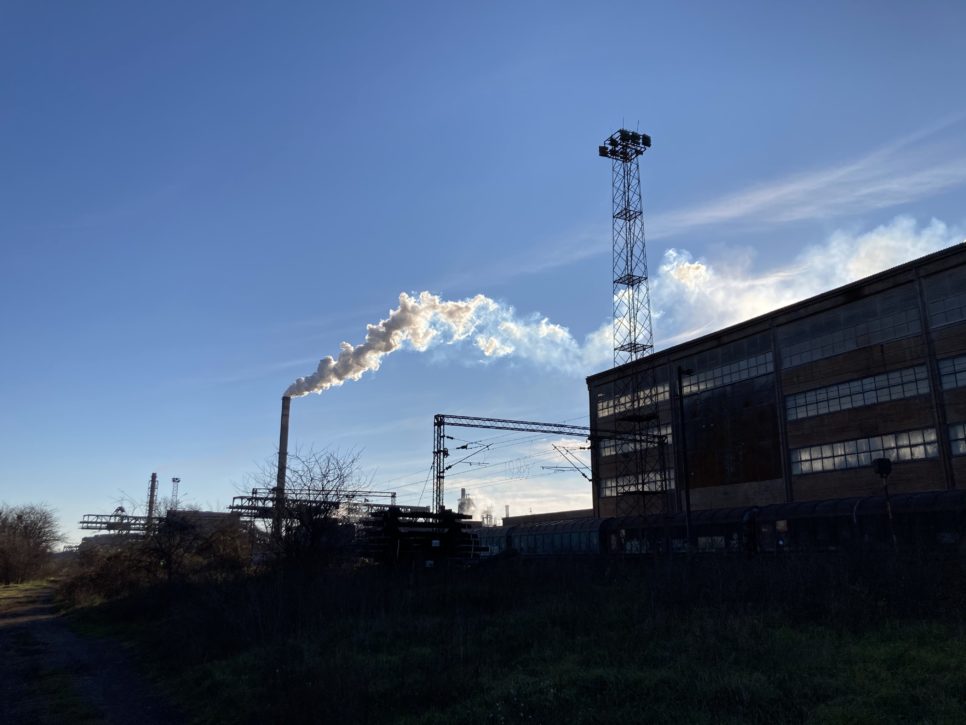

What do you think